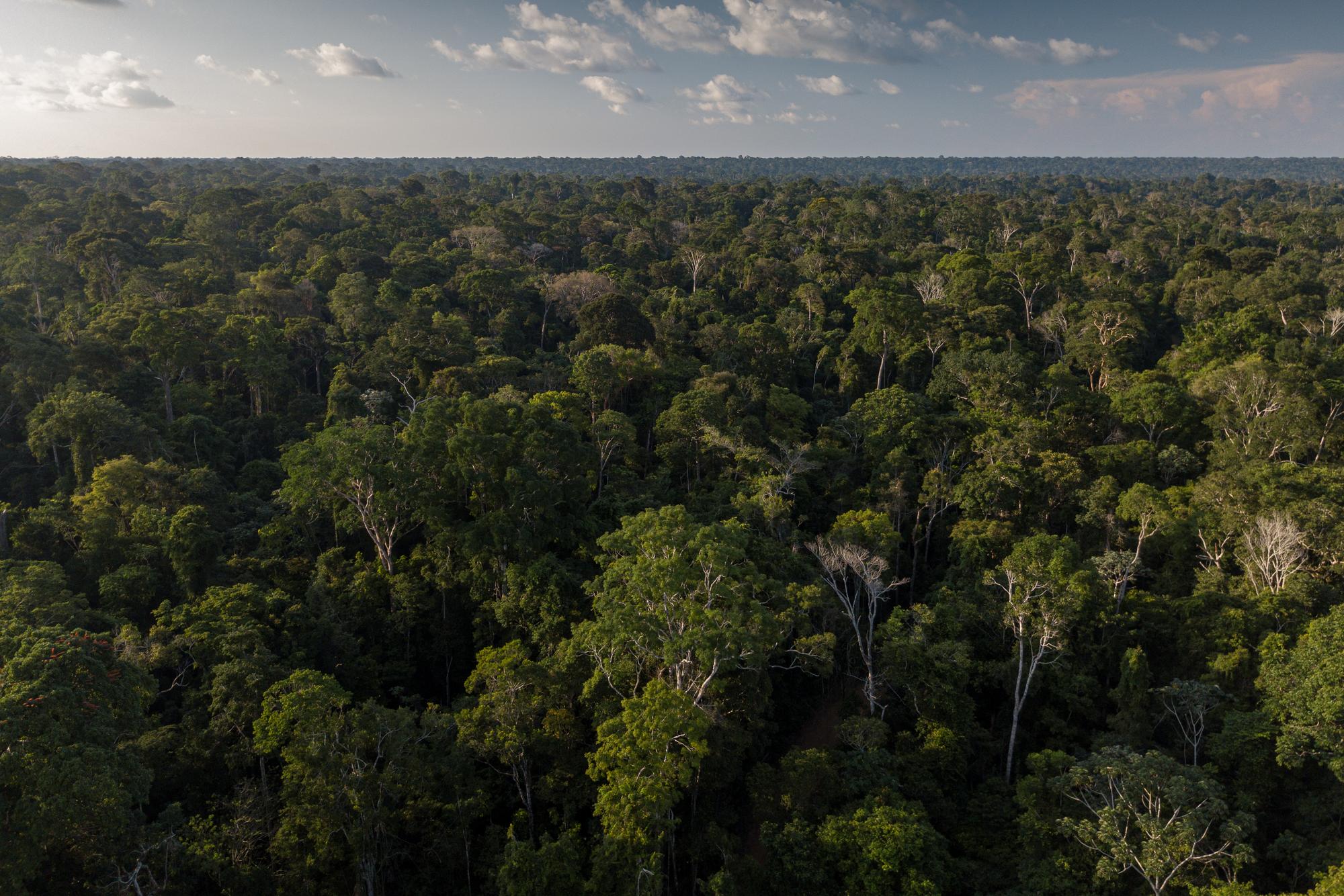Humanity has cleared nearly half of the world’s forests.
But what would happen if we let many of these lands to return back to forests — and how much climate-warming carbon would they absorb?
Knowing the places where restored forest cover could have the greatest climate impact could help decision-makers prioritize where to simply let forests be.
That’s what a team of researchers, including Conservation International climate expert Bronson Griscom, set out to discover. Compiling more than 13,000 measurements of carbon captured in regenerating forests worldwide, they used artificial intelligence to project how quickly deforested areas could grow back naturally — and how much carbon they might absorb if they do.
The result is a global map that pinpoints exactly which forest areas have the most potential to help humanity combat climate change over the next 30 years if they are simply left alone to function as nature intended.
And according to the map, restoring tropical forest cover might offer an even bigger climate opportunity than previously thought.
Underestimated potential
In 2017, a team of scientists led by Griscom determined that nature could contribute at least 30 percent of the carbon emissions reductions necessary to keep average global temperature rise below 2 degrees Celsius (3.7 degrees Fahrenheit). By “nature,” the researchers meant the conservation and restoration of what are called “high-carbon ecosystems,” such as forests, peatlands and mangroves.
The new study focuses specifically on the forest restoration aspect.
The rate at which forests regrow naturally and absorb carbon varies widely based on their species, their climates, soils and landscapes.
But what the new study found is that tropical forests in particular can regrow up to 32 percent faster — and capture significantly more carbon from the atmosphere — than scientists previously estimated.
“Before this study, there had always been a gap in information about the amount of carbon that could be absorbed by forests at a regional level — we only had broad global estimates,” Griscom explained. “This map now shows forest regrowth rates at a 1-kilometer resolution. It’s like we just walked out of our optometrist’s office with improved eyesight — we have a much clearer, more detailed picture of how fast forests can soak up carbon.”
With this information, countries can now identify where forest restoration efforts will provide the highest returns on investment, ensuring long-term carbon capture, Griscom added.
“There’s been lots of excitement about natural climate solutions in the past few years, and the challenge now is harnessing that excitement into action. Right now, less than 3 percent of existing financing for climate mitigation goes to nature — which means that we are massively underinvesting.
“This new dataset is a pivotal tool for determining where to target our restoration investments so that we can get the most bang for our buck, while re-greening the planet.”
Bronson Griscom is the senior director of natural climate solutions at Conservation International. Kiley Price is a staff writer at Conservation International. Want to read more stories like this? Sign up for email updates here. Donate to Conservation International here.
Cover image: Tapajós National Forest, Pará, Brazil (© Flavio Forner)
Further reading:
